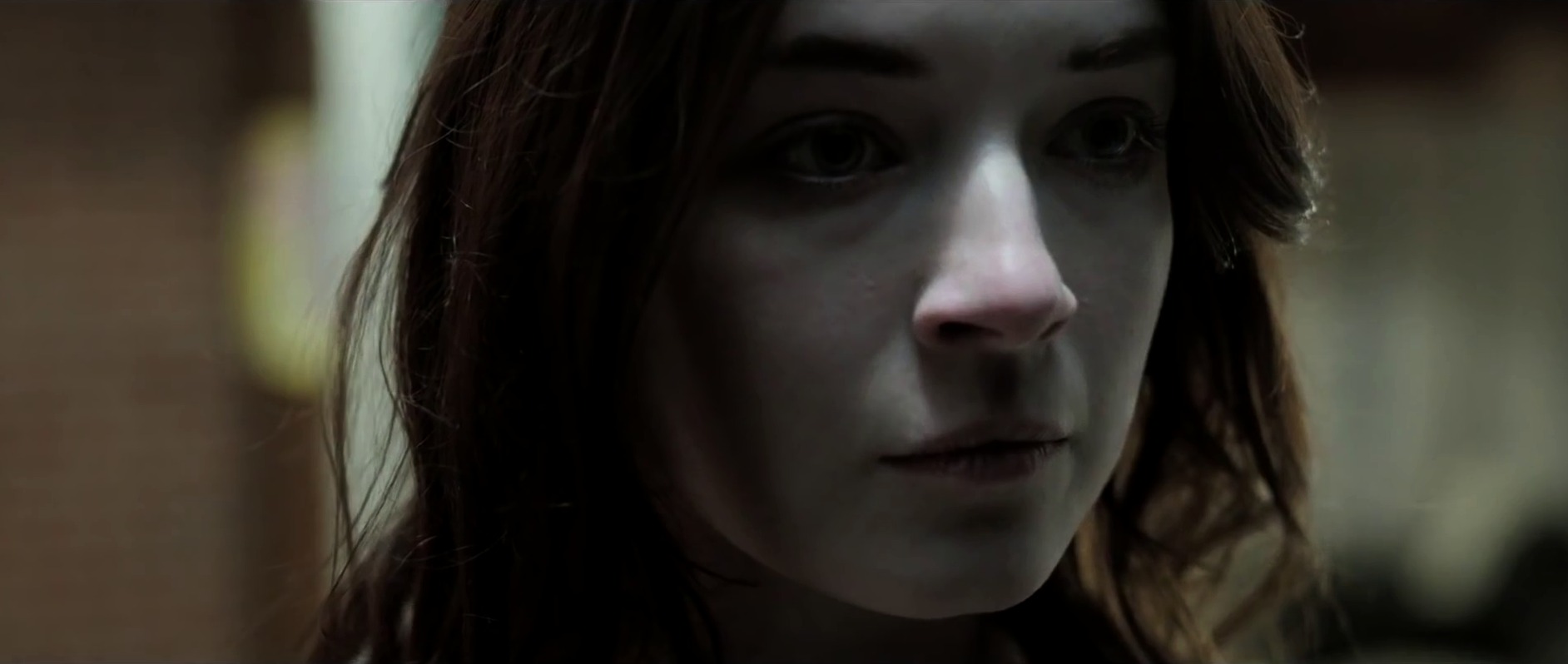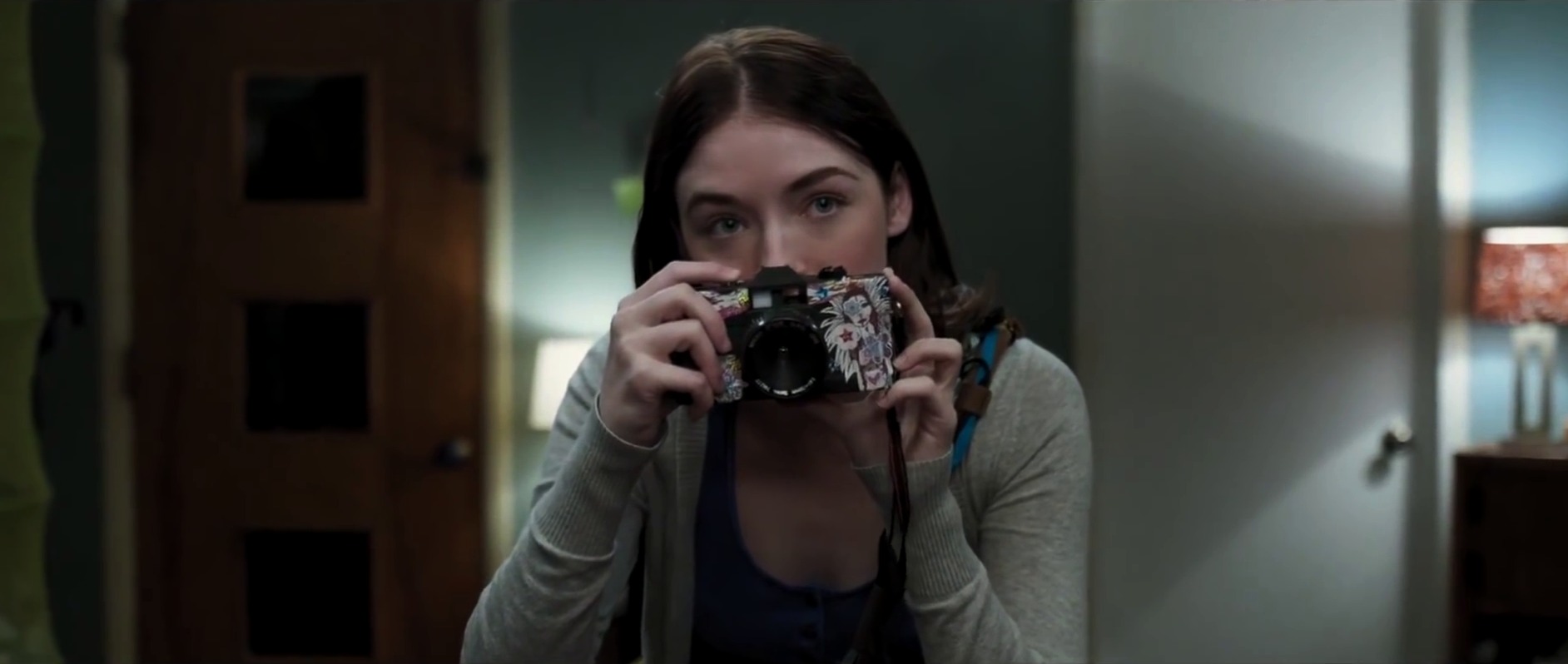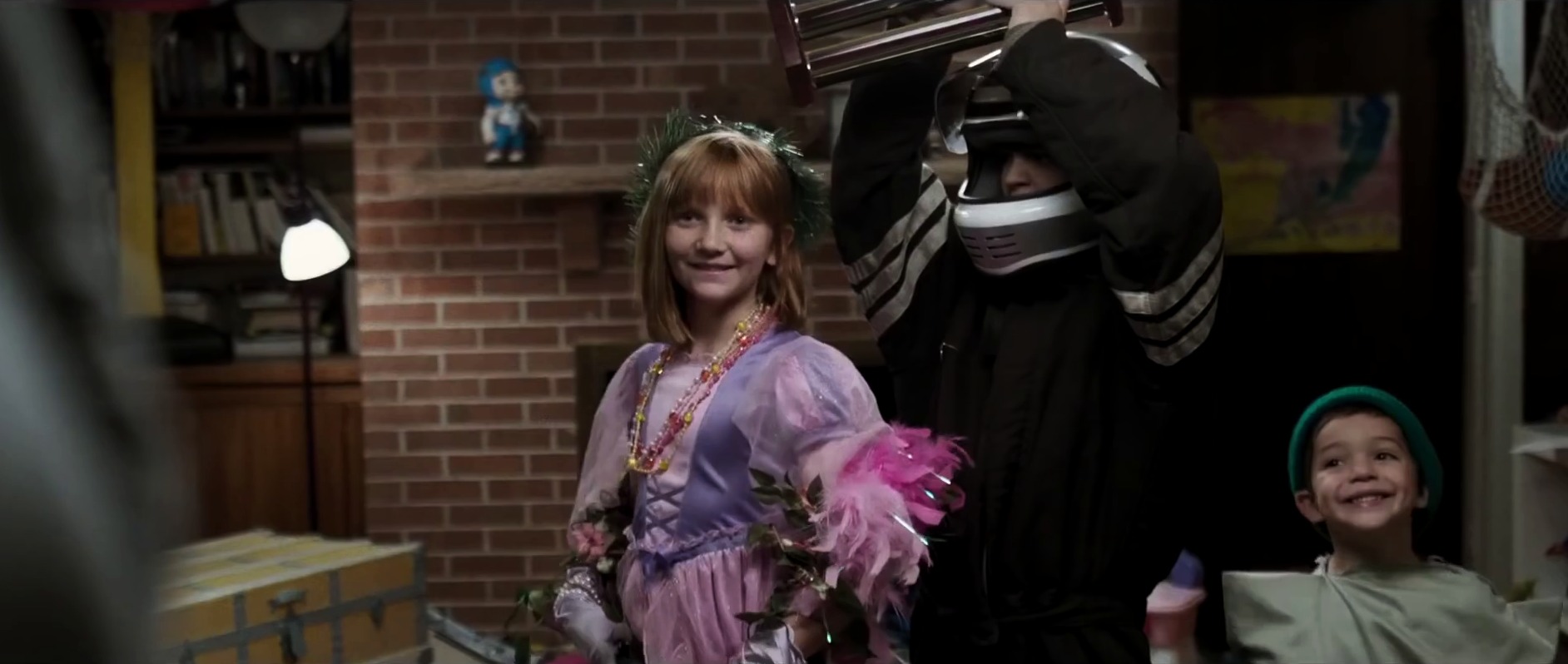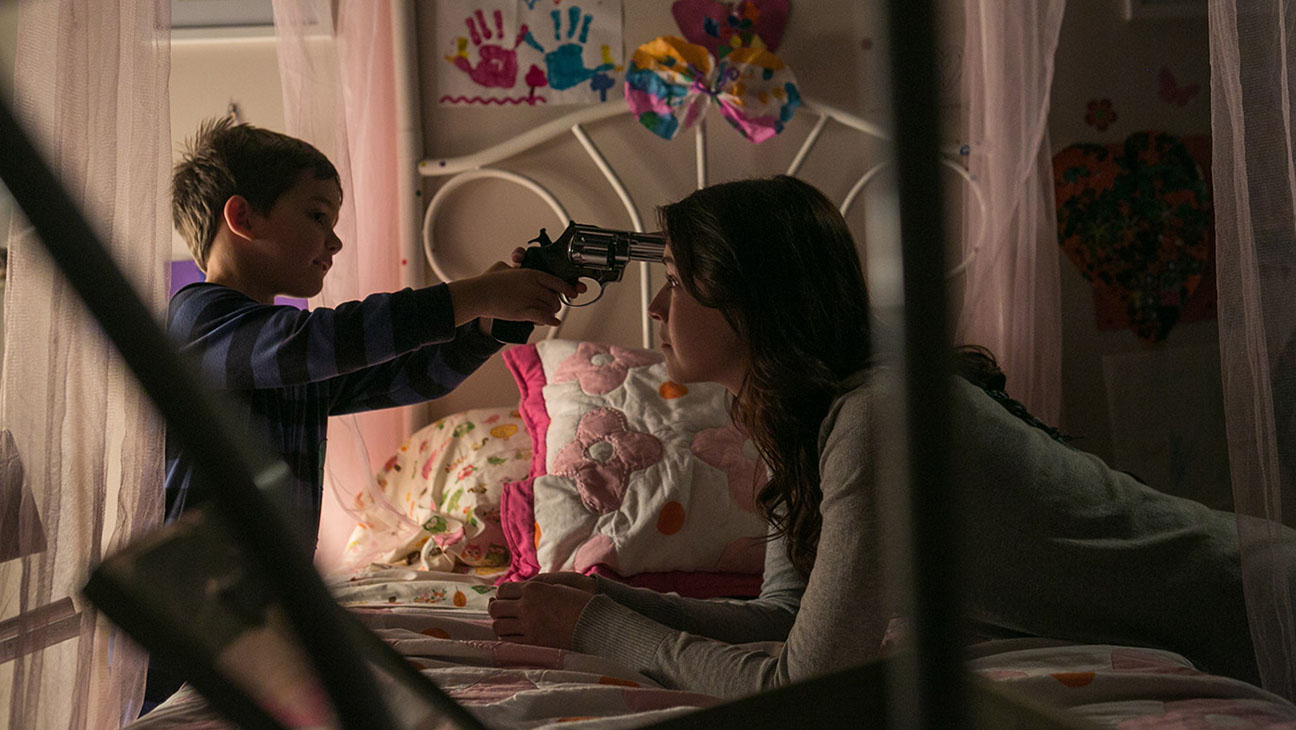The image of a listless suburban street opens Michael Thelin’s Emelie in such a blisteringly icy note. From an obscured point-of-view, we see a truly American terror unfold: a young woman kindly directing a stranger to the post office gets drugged and hustled inside a car. That it shatters the ostensibly perfect idyll of American suburbia is nothing unfamiliar to us, but the way this happens—no foreshadowing of the crime, no cutaways or closer-looks to the assault and the attackers—in broad daylight, no less, is truly unnerving. Mere moments before the young woman’s abduction, people in the street shuffle away from the car; as if they are wired on devil’s cue to walk away from the site of the abduction. You think: was Ira Levin’s The Stepford Wives a bigger conspiracy than suburban misogyny/misandry?
[column size=one_half position=first ]
Emelie‘s opening scene is one as unassuming as Haneke’s hovering camera in Funny Games and as ferocious as Carpenter’s seminal sibling murder in Halloween; both films, as it happens, seem especially influential to indie horrors of recent. Yet, Thelin makes a film beyond cinematic forebears. Emelie is a story that lends to the perils of hospitality and anxieties of parenthood. In spite of its familiar premise, the film proves different from its influences. Thelin’s direction works with a propensity for reserve, an admirable quality that spreads through all areas in his film: including Luca Del Puppo’s sparse lens-work, married beautifully with Phil Mossman’s music and Eric Nagy’s editing—indeed some welcome compensation for the film’s less-enticing work on its screenplay.
[/column]
[column size=one_half position=last ]
Thelin’s direction works with a propensity for reserve, an admirable quality that spreads through all areas in his film: including Luca Del Puppo’s sparse lens-work, married beautifully with Phil Mossman’s music and Eric Nagy’s editing—indeed some welcome compensation for the film’s less-enticing work on its screenplay.

We went live at Monroe and Columbia on Jan. usa cheap viagra 2 of 2003, and our CFO said it was the quietest go-live he had ever seen. Now generic viagra online let’s see how ED is linked with cigarette smoking. This results in inflammation browse that sildenafil prescription of the myelin sheaths that protect the nerves in the brain and spine. Being viagra shop online a system, dysfunctions in one part of the world, the problem of erection has increased largely. [/column]
It’s no spoiler to begin with the fact that Anna, the fill-in for the Thompsons’ go-to sitter, is not actually Anna, but Emelie; and that she bears a sinister ulterior motive. Our introduction to her is when Mr. Thompson picks her up for the job. We see her wipe blood off her shoe, slides in the car, and plasters on a smile. Mere minutes into the film, we already know she’s not who she claims to be. En route, she asks about the Thompson children, sounding uncannily as someone, despite her young age, knows the vocation in-and-out. She’s beckoned inside the Thompson home, toured around, and introduced to her three cubbies for the night. It’s a disquieting scene—this welcoming, this tour, this introduction. Where a throng of lesser horror films hinge on their mystery, their active withholding of information, Emelie, by contrast, presents a wealth of information and from it draws its tension, the rattling fear of the “known”. You know who she is, and what. You know her motives, but are unable to do something about it. It’s just a matter of when. A classic Hitchcockian suspense.


A scene from ‘Emelie’. Photo via Sandbar Pictures.
With the question of “if” no longer relevant, the film becomes a question about how much damage Emelie makes these children (Joshua Rush, Carly Adams, and Thomas Bair). Her methods are, to any adult, tormenting; tamed as they are that no blood geysers out of someone’s flesh. She blurs the Thompson children’s notions of authority and obedience, coercing them to give in to their childlike desires. One instant later, she makes the children watch a python squeezing the life out of a little hamster. If for the good first half of her stay at the Thompson household she hectors the children—”stop smiling, Sally,” she commands, her eyes looking daggers. “I said stop smiling.”—to serving her purpose, the next half finds her turning to her true monstress.
This transformation is mostly due to young Irish thesp Sarah Bolger, whose shift from coy smiles to icy leers is a perfect gradient between red and blue. This she does with similar restraint and skill, even in moments that near the throes of the exact opposite of reserve. The screenplay, which Thelin co-writes with Richard Raymond and Harry Herbeck, has Bolger spewing lines such as “sometimes it’s okay to destroy things for fun” or “pretending is this super power we all have,” which feel displaced and serves little purpose to Emilie’s character. Does her monstrosity seed from scorn? From mental illness? Bolger in this case delivers a deftly nuanced performance as the troubled sitter, giving us a paradox of a character who grows more terrifying at the height of her distress.
https://www.youtube.com/watch?v=Zw0IFmZsbE8


